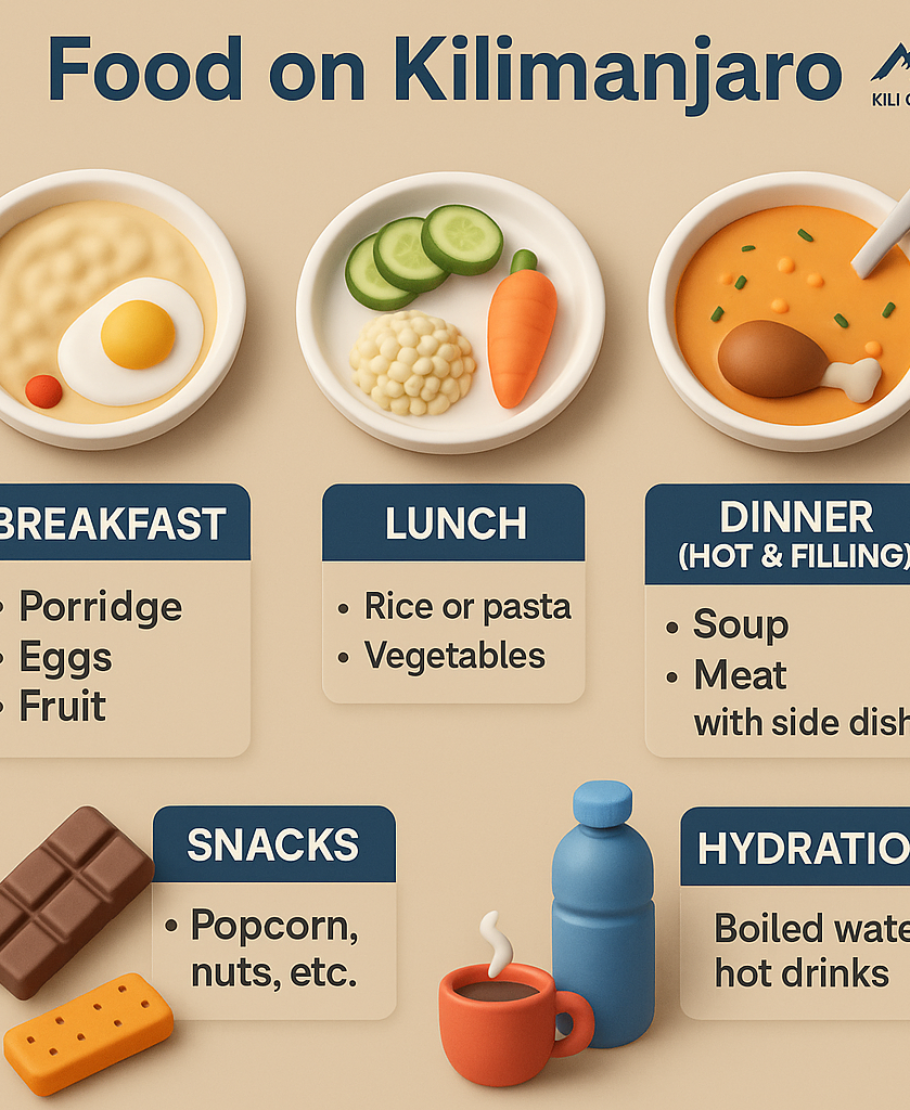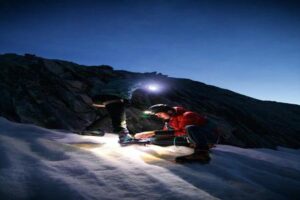
Complete Kilimanjaro Trek Tipping Guidelines
Table of Contents Kilimanjaro & Safari Tipping Guide: How Much to Tip | Kili Quests Tipping on Kilimanjaro and Safari – Why It Matters

Dinner:


Table of Contents Kilimanjaro & Safari Tipping Guide: How Much to Tip | Kili Quests Tipping on Kilimanjaro and Safari – Why It Matters

Table of Contents Kilimanjaro Summit Day Gear Guide | Kili Quests Summit day on Mount Kilimanjaro is the toughest — and most unforgettable —

Table of Contents Kilimanjaro Packing List: Essential Gear for Your Trek | Kili Quests Packing the right gear is one of the most important
@2025 Kili Quests. All rights reserved.